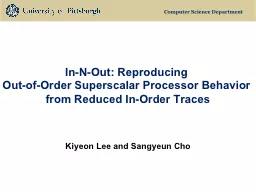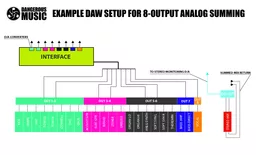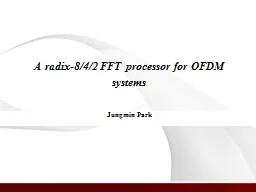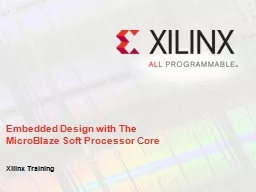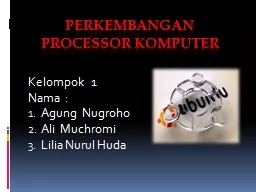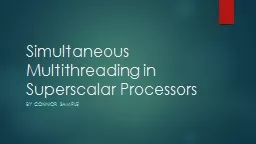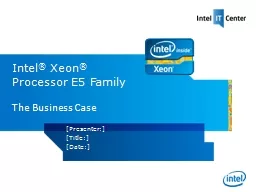PPT-In-N-Out: Reproducing Out-of-Order Superscalar Processor Behavior from Reduced In-Order
Author : newson | Published Date : 2020-06-23
Kiyeon Lee and Sangyeun Cho Performance modeling in the early design stages What we want Fast speedproofofconcept Study the early design tradeoffs Processor core
Presentation Embed Code
Download Presentation
Download Presentation The PPT/PDF document "In-N-Out: Reproducing Out-of-Order Sup..." is the property of its rightful owner. Permission is granted to download and print the materials on this website for personal, non-commercial use only, and to display it on your personal computer provided you do not modify the materials and that you retain all copyright notices contained in the materials. By downloading content from our website, you accept the terms of this agreement.
In-N-Out: Reproducing Out-of-Order Superscalar Processor Behavior from Reduced In-Order: Transcript
Download Rules Of Document
"In-N-Out: Reproducing Out-of-Order Superscalar Processor Behavior from Reduced In-Order"The content belongs to its owner. You may download and print it for personal use, without modification, and keep all copyright notices. By downloading, you agree to these terms.
Related Documents

